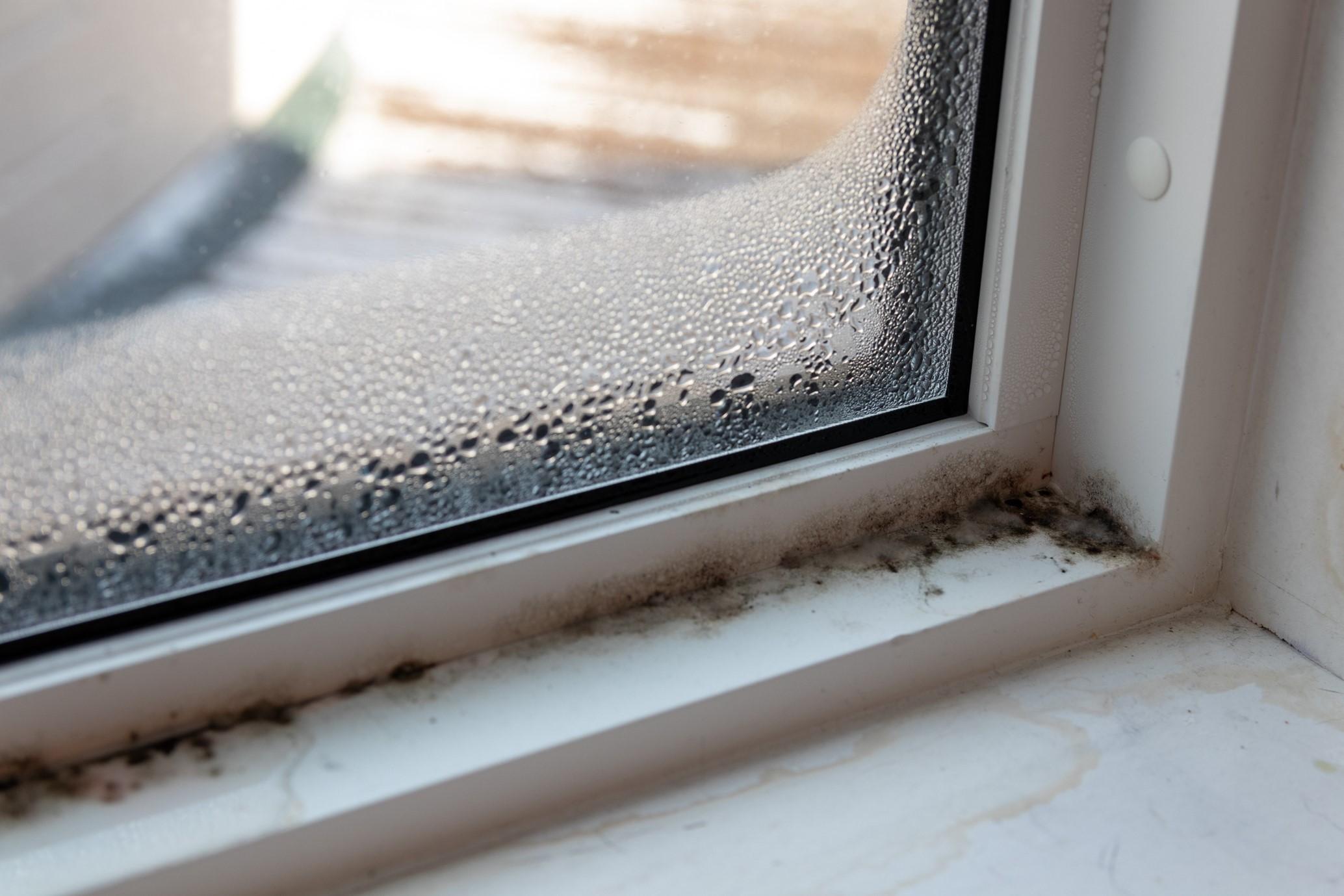Why has my home got damp or mould? Most damp is caused by condensation, which can lead to the growth of mould. Condensation occurs when moist air comes into contact with a colder surface (like a wall or window). The air can’t hold all the moisture, so it will generally settle in areas where the air is still (like a corner of a room).

What are the signs of condensation?
- Black mould on affected areas.
- Water collected on windows.
- Wallpaper coming away from walls.
- General dampness smell within property.
How can I reduce condensation in my home?
|
Produce less moisture
|
Heat your home a little
|
Let out the damp air
|
Catch it
|
If you have continual damp or mould problems, you should report this to the repairs team. We will conduct a home visit to ensure that there is nothing else causing the problem.
While damp and mould is mainly caused by condensation and poor ventilation, there can be other problems causing the issue.
- Rising damp – where water enters a structure from the ground. Moisture travels up and symptoms usually starts on floor and skirting boards.
- Penetrating damp – where water enters a structure from outside. Moisture moves through cracks and gaps in the building, usually the damp is worse after a period of heavy rain.
